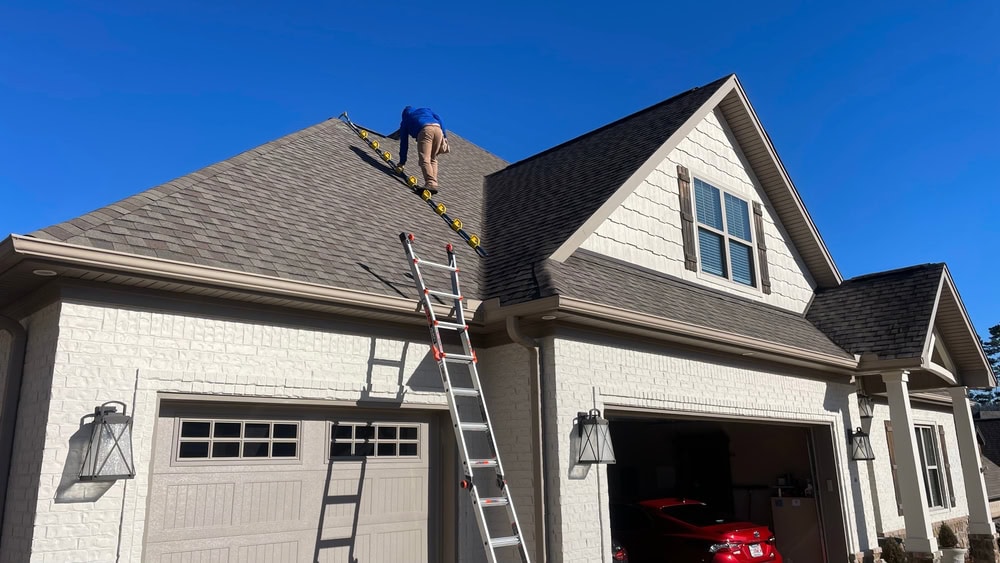Embracing Modern Roofing: Innovations and Sustainable Practices for Roofing Contractors
Roofing is a critical trade in the construction industry, providing essential protection for buildings against the elements. As technology advances and sustainability becomes a priority, the roofing industry is undergoing significant transformations. For newly licensed roofing contractors, staying updated on these trends and adopting modern practices is crucial for success. This article explores the future … Read more










